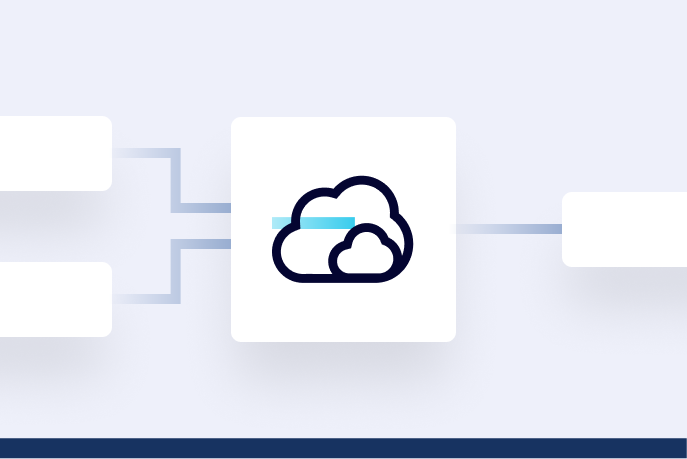Apache Kafka®️ 비용 절감 방법 및 최적의 비용 설계 안내 웨비나 | 자세히 알아보려면 지금 등록하세요
Customers & Business
Announcing the Confluent for Startups AI Accelerator Program: Empowering the First Generation of Real-Time AI Startups
The Confluent for Startups AI Accelerator Program is a 10-week virtual initiative designed to support early-stage AI startups building real-time, data-driven applications. Participants will gain early access to Confluent’s cutting-edge technology, one-on-one mentorship, marketing exposure, and...
Building AI Agents and Copilots with Confluent, Airy, and Apache Flink
Airy helps developers build copilots as a new interface to explore and work with streaming data – turning natural language into Flink jobs that act as agents.
Introducing Build with Confluent: Enabling Partners to Bring Data Streaming Use Cases to Market Faster
Build with Confluent helps system integrators develop joint solutions faster, including specialized software bundles, support from data streaming experts to certify offerings, and access to Confluent’s Go-To-Market (GTM) teams to amplify their offering in the market.
AWS and Confluent: Meeting the Requirements of Real-Time Operations
As government agencies work to improve both customer experience and operational efficiency, two tools have become critical: cloud services and data. Confluent and Amazon Web Services (AWS) have collaborated to make the move to and management of cloud easier
Next-Gen Customer Loyalty Programs with Data Streaming
Classic punch cards (and fishing for them in your wallet or occasionally misplacing one) have become a thing of the past, as today's digital landscape demands more innovative solutions.
Introducing Build with Confluent: Enabling Partners to Bring Data Streaming Use Cases to Market Faster
Build with Confluent helps system integrators develop joint solutions faster, including specialized software bundles, support from data streaming experts to certify offerings, and access to Confluent’s Go-To-Market (GTM) teams to amplify their offering in the market.
Capital One Shares Insights on Cloud-Native Streams and Governance
Businesses that are best able to leverage data have a significant competitive advantage. This is especially true in financial services, an industry in which leading organizations are in constant competition to develop the most responsive, personalized customer experiences.
Modernize Payments Architecture for ISO 20022 Compliance
The payments industry is evolving rapidly, fueled by technological advancements, changing consumer behaviors, and a growing appetite for real-time transactions. As this transformation unfolds, new standards have been introduced to ensure the payments ecosystem's safety, security, and efficiency.
How Moniepoint Transformed Financial Services for Over 2 Million Businesses in Africa with Confluent
In Nigeria, small and medium-sized businesses (SMBs) make up 48% of the national GDP. Moniepoint provides financial solutions to power the aspirations of these SMBs from payment, credit, business management to banking services.
Introducing the Connect with Confluent Partner Landscape and Q2 Program Entrants
Welcome to the Connect with Confluent (CwC) Technology Partner Program Q2 2024 update.
T+1 and Beyond: Transforming Trade Settlement for Modern Markets With Confluent
In the capital markets, the adage “time is money” applies even after the trade is made. Investors who want to gain quicker access to their funds are confined by a post-trade settlement process that still relies on batch processing.
Building Trust in AI Means Building Trust in Data
The Executive Order on Safe, Secure, and Trustworthy Artificial Intelligence (AI) issued in the fall of 2023 looks to establish new standards for AI safety and security, protecting privacy and advancing equity and civil rights, while promoting innovation.
Data Streaming in Healthcare: Achieving the Single Patient View
Healthcare providers have long known the benefits of a single patient view (SPV). A clinician’s ability to securely access and act on patient data which spans disparate medical disciplines, departments, and locations is key to the effective provision of healthcare.
Tech-Enabled Metropolises: The Role of Data Streaming in Smart Cities
According to the World Bank, around 56% of the world’s population currently live in cities. By 2050, it’s predicted this will rise to 70% (with the global population more than doubling in the same time frame). This acceleration toward urbanization is putting city infrastructure under enormous strain
Unlocking Industry 4.0: Rise of Smart Factory with Data Streaming
In the era of Industry 4.0, the fusion of smart, autonomous systems with digitization is propelling manufacturing and supply chain operations into uncharted efficiency. Industry 4.0, otherwise known as the Fourth Industrial Revolution, marks the normalization of the smart factory.
Accelerate with Confluent: Empowering SI Partners to Reach New Heights
In the ever-evolving landscape of digital transformation, businesses seek robust platforms for handling data in motion and Apache Kafka® has become the de-facto standard for data streaming. With over 80% of Fortune 500 companies leveraging Kafka, our Accelerate with Confluent initiative









